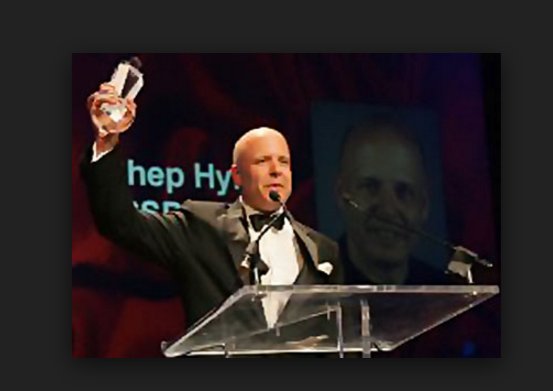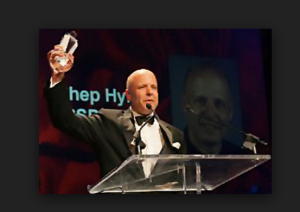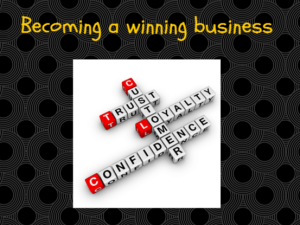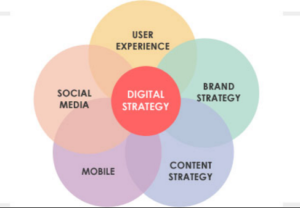Saying that integrating multiple channels and platforms can be complex is an understatement. But are we missing the forest for the trees? Sometimes the enablers of the integrated marketing strategy can be more critical to your success than the strategy elements themselves.
Consider our list of enablers for marketing strategies we use with our clients:
What is marketing really about?
There are five principles that I try to focus on in everything that has to do with marketing:
- Customer service is the new marketing. The days of dictating your brand to the public are long gone. There is so much access to information; the customer is actually dictating your brand to you.
- Communicate with your customers, don’t market at them. Customers get bombarded with marketing messages every day (practically every second). Find ways to interact with them. Discussions drive loyalty, not one way messaging.
- Don’t try to be interesting, be interested. I first heard this phrase from our CEO, Tony Hsieh, and thought it was great. It is really spot on. A lot of companies try to launch a really creative campaign, but lack the follow up to the brand promise. Your campaign should highlight what your brand promise is, not try to invent one.
- Try to WOW at every interaction. This goes for working with employees, vendors and customers. Personal relationships and interactions drive everything. You need to capitalize on them. This is obviously something that is very true and important at Zappos. I don’t think I every put it into words until I worked here, but the importance and implications are great.
- Your culture will dictate your success. This goes back to building your team. Hire great people, treat them like adults and let them do great work. The rest should come naturally on its own.
A customer’s experience … creates the best marketing. It gives your customers something good to talk about. Ways to improve your customer experience needs to be a plank in your strategy.
Customer conversations … are the basis of word of mouth marketing, your most important strategy element.
Marketing strategy … needs to be about service and value not product and price. You don’t want to be a commodity … ever, so keep your eye on your value discrimination and your service.
Customer relationships … are the backbone of building trust. Customer trust is the most important reason a customer selects a business. What are the ways you are attempting to build customer trust?
Selling … is not a priority, but marketing is. As Peter Drucker stated … the aim of marketing is to understand the customer so well the product or service fits him and sells itself.
Advocates … are your best promotion method. Use them to spread your messages and lead the conversations among customers.
Customer retention … is much cheaper than acquisition. Spend your maximum time and money on retaining your best existing customers.
All customers … are not equal. Know who your best customers are and put most of your attention on them.
Your expertise … is one of your greatest values. Share it freely with your customers to help them make wise decisions.
Acts of kindness … are most often remembered. Surprise customers whenever you can.
As a marketer you need to manage this communication and be responsible for each ‘moment of truth’.
And not only was he very consistent when marketing, but he also tried different techniques and approaches until he made it. He continually does what I like to call sharpening his marketing axe.
There is a great illustration that explains this concept:
Once upon a time, a very strong woodcutter asked for a job with a timber merchant, and he got it. The pay was really good, and so were the work conditions. For that reason, the woodcutter was determined to do his best. His boss gave him an axe and showed him the area where he was supposed to work.
The first day, the woodcutter brought in 18 trees, and of course his boss congratulated him. Motivated by his boss’ words, the woodcutter tried harder the next day, but he could only bring in 15 trees. The third day he tried even harder, but he could only bring in 10 trees. Day after day he was bringing in fewer and fewer trees.
The woodcutter thought he was losing his strength, and he went to the boss and apologized, saying that he couldn’t understand what was going on. His boss then asked, “When was the last time you sharpened your axe?” Appalled by the question, the woodcutter harshly replied, “Sharpen my axe? I have no time to do that. I’ve been busy cutting trees.”
So I pose this question to you: Are you too busy chopping trees on the front line and not allocating the time needed to sharpen your marketing skills? What is that costing you and your business? Furthermore, how much time would it really take to keep your marketing axe sharp?
When a campaign says the thing people want or need to hear, magic happens.
Robin Hood
In 2013, H&R Block, with their agency Fallon, responded to something they heard while interviewing consumers. The thing people seemed to care about most was getting taxes done right and getting every dime they are owed back.
The creative bomb that went off birthed the now famous, “Get Your Billions Back America” campaign, which launched at the start of 2014.
It was a message consumers heard, understood and were instantly drawn to.
The genius of the campaign lies in what isn’t stated. There’s no reference to Block’s size and number of locations. No mention of total refunds they’ve secured for their customers. No detail about their processes, services, prices or proficiency of their accountants.
No noise, interference or distractions.
Sure, these things matter. But every accounting firm markets around the obvious things that make them great. Block took an alternative route and marketed around what people want – a Robin Hood that gets them what they deserve.






















